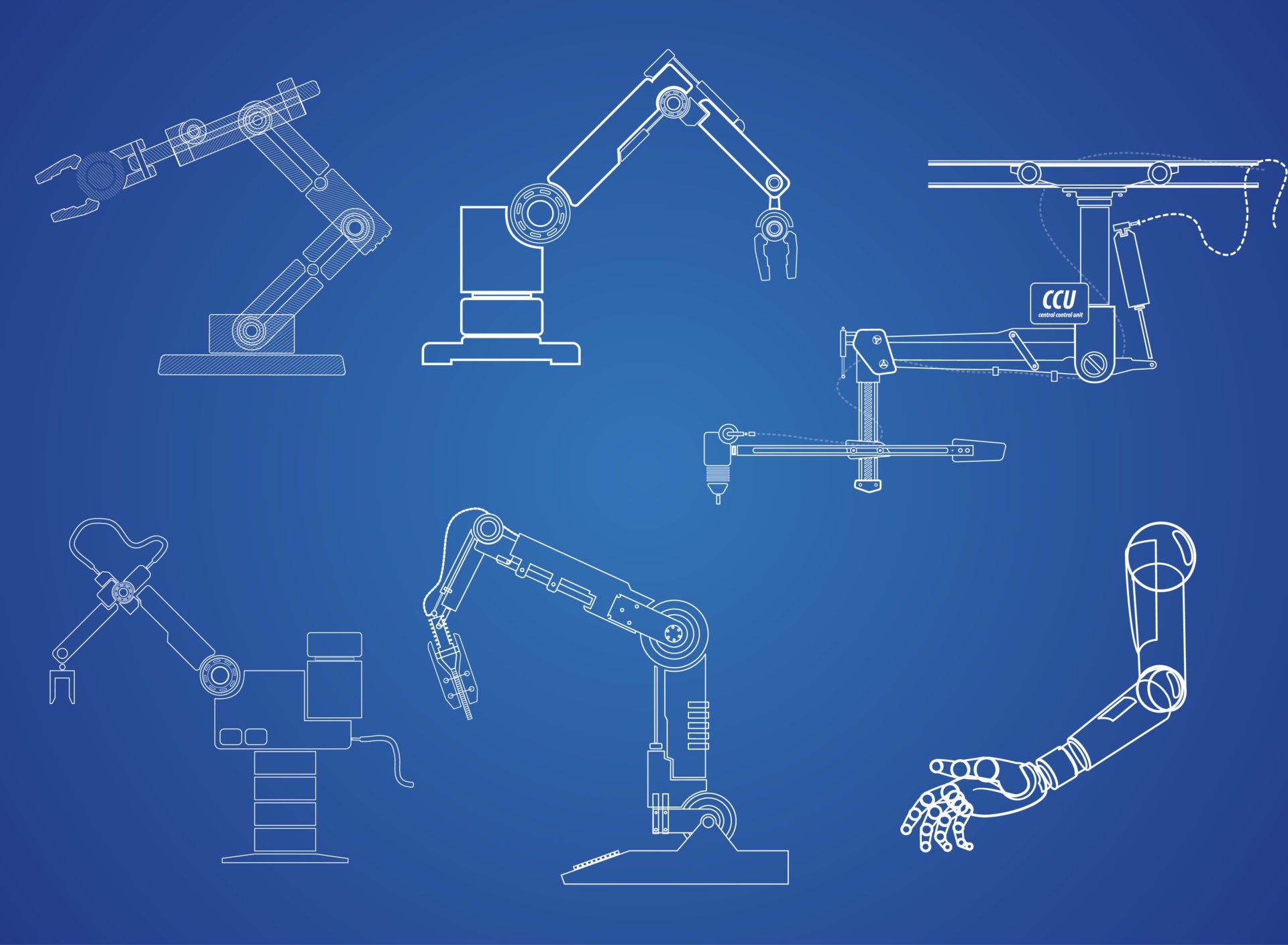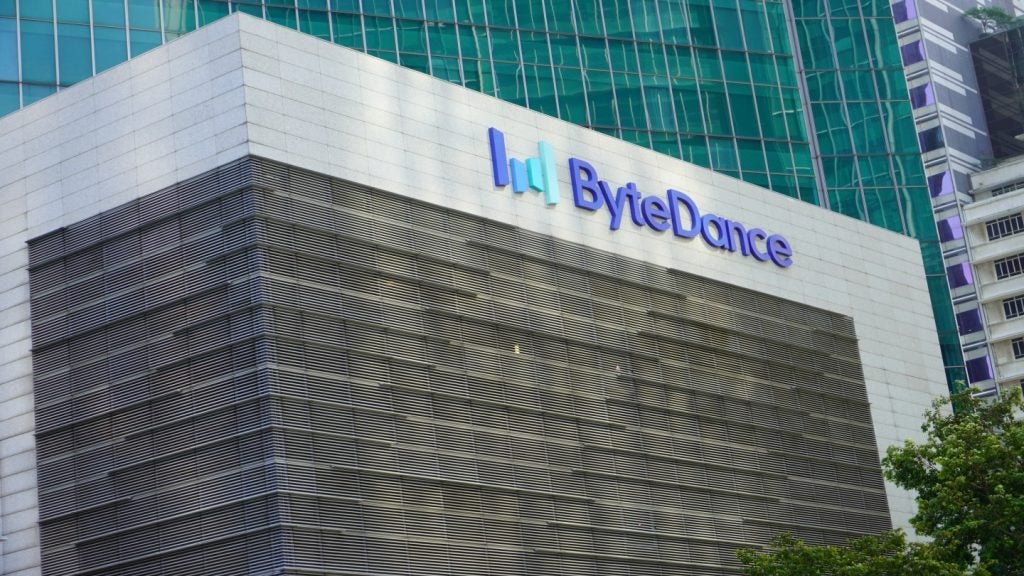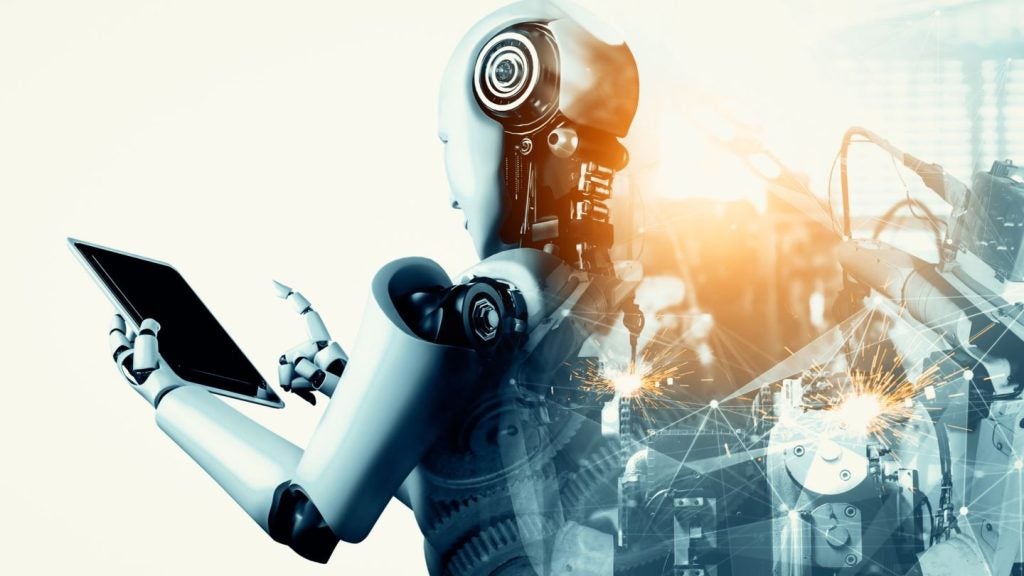
Robot designers will soon be able to buy and sell robot prototypes and parts for cryptocurrency on the blockchain-based platform Makerverse.
Makerverse, a virtual 3D engineering and simulation space, has been developed by the Blockchain Robotics Engineering Consortium (BREC).
It shares some similarities with Amazon Web Services RoboMaker, a virtual platform for developers to build and test robots. But the key difference is the way in which it uses blockchain technology to protect intellectual property and incentivises robot designers with crypto payments for their designs.
Today, BREC announced that Makerverse will use the Enjin blockchain platform and the ERC-1155 token.
The firm says that basing the platform on blockchain technology will promote transparency and help protect intellectual property rights.
“The automated robotics revolution has the potential to change our lives and society in infinite positive ways, but for many, robots can be threatening,” said Makerverse founder Patrick Mockridge.
How well do you really know your competitors?
Access the most comprehensive Company Profiles on the market, powered by GlobalData. Save hours of research. Gain competitive edge.

Thank you!
Your download email will arrive shortly
Not ready to buy yet? Download a free sample
We are confident about the unique quality of our Company Profiles. However, we want you to make the most beneficial decision for your business, so we offer a free sample that you can download by submitting the below form
By GlobalData“Our goal is to encourage fearless utilisation of robots, enable informed conversations and decision-making regarding the technology, and lower the barrier to entry for creators.
“Enjin is really well-suited for this task, and we’re excited to work with them to create a modern-day decentralized IKEA of open-source engineering IP.”
How do you tokenise a robot?
The intellectual property (IP) rights for robot designs and parts will be stored on a blockchain. These robot IPs will be stored as tokenised assets in the user’s Enjin Wallet app.
If another user wants to incorporate part of a robot into their own project, they can purchase the IP on the peer-to-peer marketplace and add it straight into any project they are building in the Makerverse workshop.The process aims to encourage collaboration with others on their simulated robots.
“The most interesting aspect of the project is how Makerverse can assist in lowering the barriers to entry for engineering knowledge creation, which is a key fundamental driver of economic growth,” said Loic Sauce, assistant professor of economics at ISTEC in Paris, France.
Blockchain robotics: Democratising Silicon Valley?
Makerverse will be built with video game engine Unity and its collaborative nature has been compared to the experience of multiplayer game Star Citizen. BREC hopes that blockchain will open up robotics to investors and customers outside of the Silicon Valley “closed shop”.
Robotics and AI pioneer John Sokol welcomed the opportunities presented by Makerverse:
“I know better than anyone how challenging it can be creating new commercial robotics ventures,” he said. “Even living in Silicon Valley with over 30 years of knowledge and experience, I am still limited by the few venture capital firms and viable commercial routes, which have not changed significantly since the 1980s.”
“Likewise in education, children desperately need access to tools that will prepare them for the technological realities of the future.
“A concept like Makerverse would not only help me to unleash my dreams, but also level the playing field globally, creating a digital robotics education and incubation space for experts, non-experts, adults, and children alike—and giving them the power to learn and go out and create great products that solve real problems in their lives, communities, and industries.”







